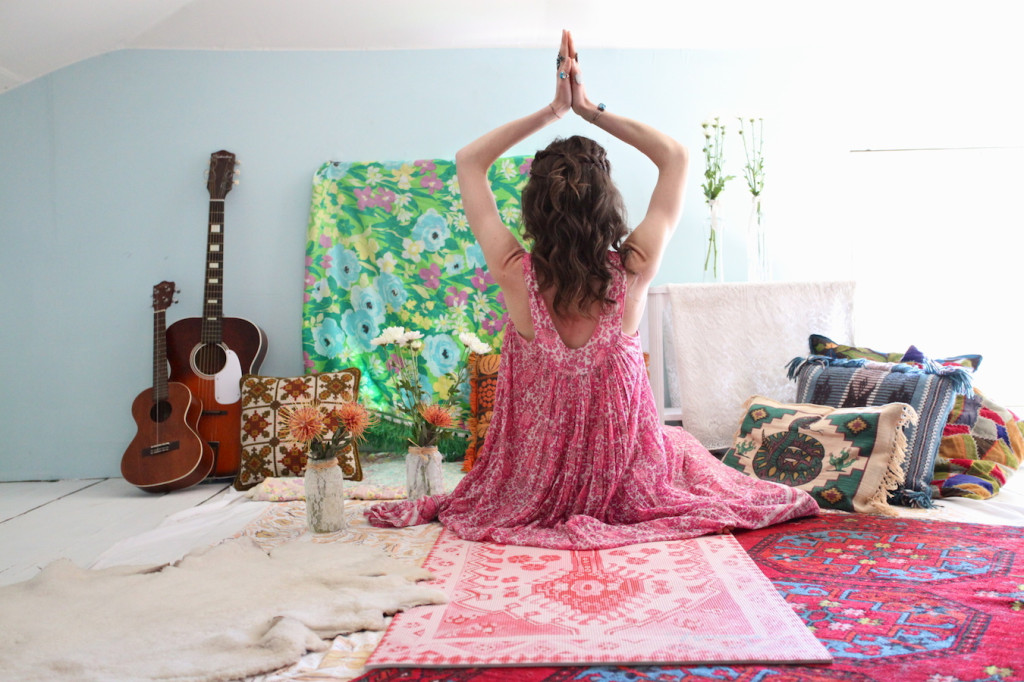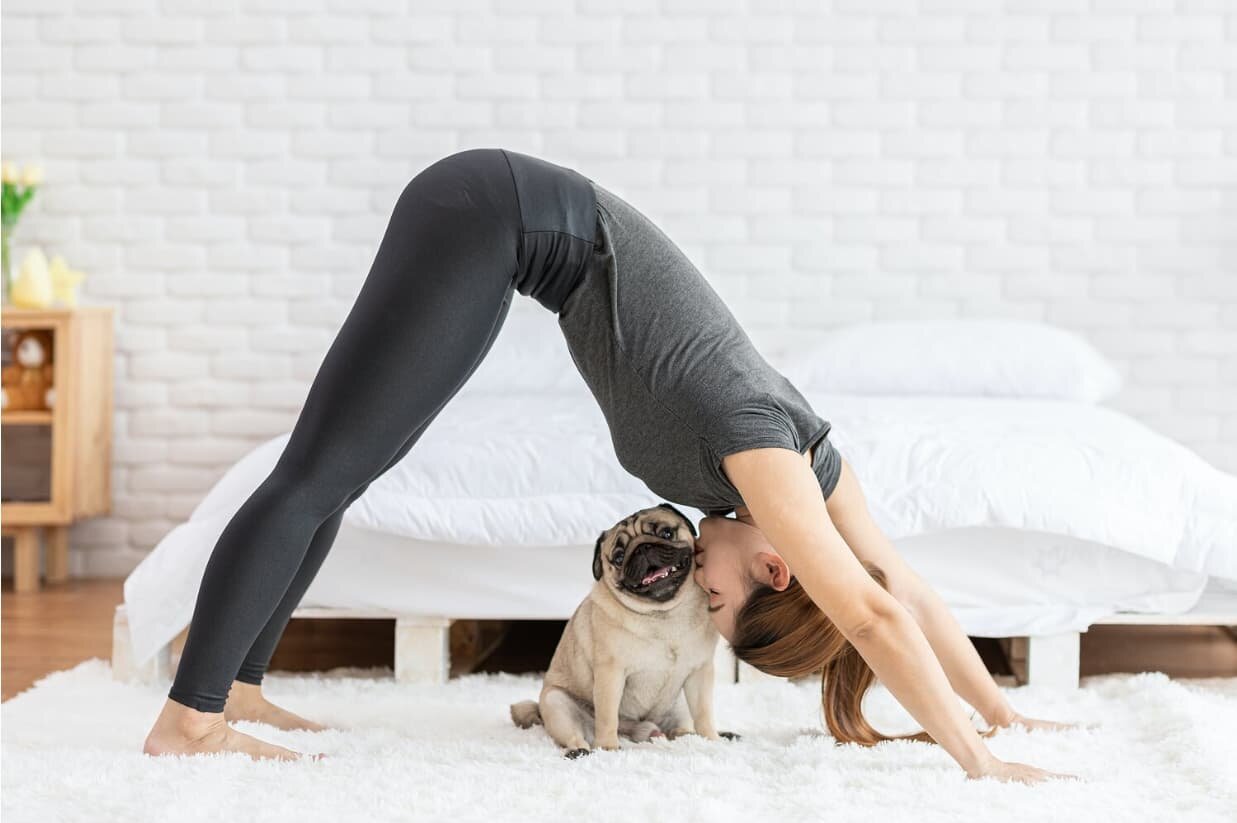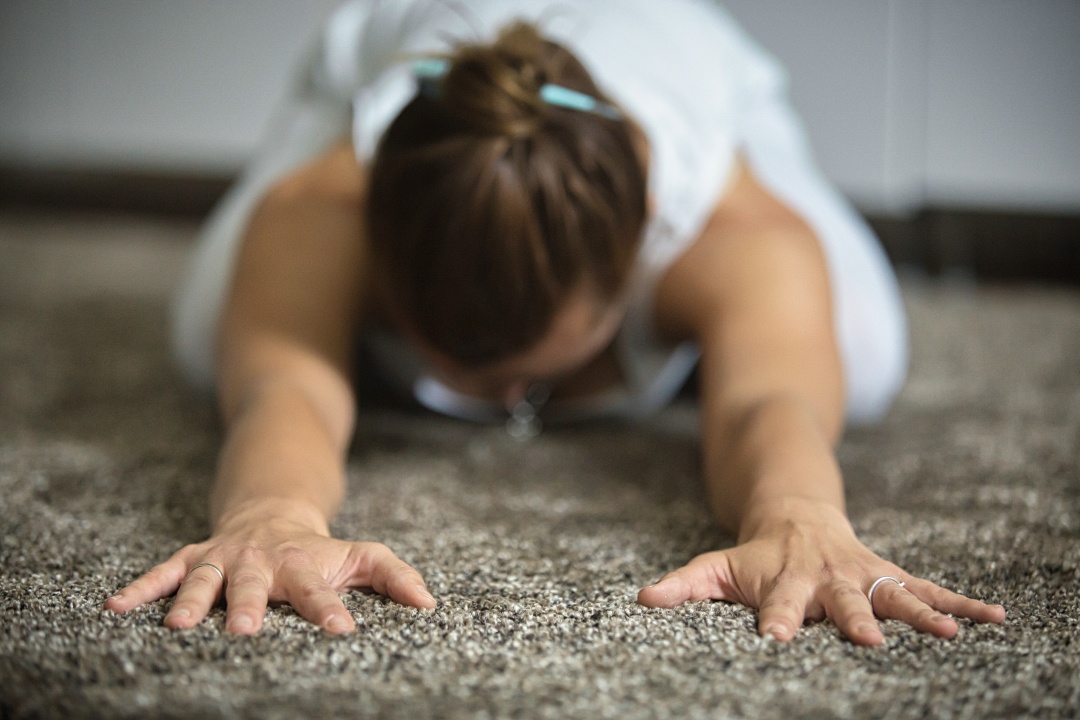Yoga is an excellent form of exercise that builds strength, flexibility and balance. Traditionally done on a sticky mat, some yogis prefer the comfort and cushioning of practicing poses on carpeted floors. Is that an acceptable alternative to a yoga mat? Let’s dive in and see if you can do yoga on carpet.
The Viability of Carpet as a Yoga Surface
While a non-slip yoga or exercise mat provides ideal grip and padding for yoga, medium to high pile carpeting can actually work in many cases. The carpet fibers offer some “grab” for holding poses, although likely not as much as a mat. And the padding underneath carpet gives some protection for joints and comfort.
The Pros of Doing Yoga on Carpet
Comfort: Carpet is soft, providing padding for bones and joints. This can be especially welcome for yoga students who suffer from chronic pain or arthritis. Joint-intensive poses like Virasana (Hero’s Pose) can be more comfortable sustained on carpet rather than a thin yoga mat.
Grip: Carpeting often provides decent traction and stability during balancing poses like Tree Pose and Warrior 3. The fibers allow feet and hands to “stick” in a way they might not on bare floors.

Convenience: Just rolling out your mat and om-ing up is not always realistic. Sometimes you need to sneak in a quick yoga sequence in pajamas right after waking up. Carpet provides an always-ready yoga surface without unrolling mats.
Prevents Slipping: Poses like Downward Facing Dog involve hands and feet sliding apart on the floor. Bare floors can lead to slipping, while carpet provides stability. For types of yoga where students move fluidly between poses, carpet may support safe transitions.
Warmth: Carpet retains heat from indoor heating better than bare floors. For morning yoga practitioners, a carpet may be warmer underfoot than a cold tile floor.
Potential Drawbacks of Carpeting
Lack of Grip: While carpeting provides more traction than bare floors, the grip is usually not as secure as a yoga mat. Poses requiring strong foundational contact with the floor surface, like standing balances or arm balances, may be harder to hold.
Restricted Movement: Carpet friction creates drag that can slow down vinyasa flows. Fast-paced yoga styles like Ashtanga rely on swiftly moving through poses. Practicing on carpet makes that more challenging.

Bacteria Buildup: Years of accumulated foot traffic means carpet fibers hold lots of bacteria. Getting down on hands and knees on carpet may seem unhygienic compared to a fresh yoga mat.
Lack of Portability: One advantage of mats is that you can easily roll them up and take them anywhere. Most carpets are permanently fixed and they are not conducive to practicing yoga outdoors or while traveling.
Tippy Poses: Doing balances on a soft, squishy carpet may feel less stable than a firm mat. Poses like Tree Pose involve micro-balancing muscles that benefit from a solid base.
Tips for Practicing Yoga on Carpet
If you decide to use carpet for yoga, here are some tips for success:
- Vacuum thoroughly to remove dust, dander and debris that could cause slips or irritation during breathing.
- Use a carpet freshener spray to eliminate odors that could be distracting.
- Create space by pushing furniture out of the way to allow free and safe movement.
- Limit sessions to slower, gentler yoga styles rather than intense Vinyasa flows.
- Modify or avoid poses where hands or feet slide along the carpet.
- Engage core muscles for added balance during standing postures.
- Use a wall for support during balances like Tree Pose.
- Place towel down for hygiene during prone poses like Child’s Pose.
- Allow toes to spread naturally for stability in poses rather than gripping tightly.
The suggestions on Carpet Yoga
At the end of the day, while thin, commercial carpeting may not be ideal, you can practice yoga on carpet successfully in many home environments. Pay attention to carpet thickness, fiber density, underlying pad cushioning and general cleanliness. Then modify poses accordingly.


